Seiu Ito
The Father of Modern Kinbaku
Seiu Ito was a Japanese artist born in 1882 in the Asakusa district of Tokyo. He is considered the father of modern kinbaku. Inspired by torture, violence, theatre, & eroticism, Ito transformed the rope torture methods of the Edo period into an erotic art form.
History of Kinbaku
Kinbaku can be traced back before the Edo period, when rope techniques were developed to secure the straw bags (tawara) used to transport rice & other grains. During the Edo period, rope tying developed into a martial art known as hojojutsu. Hojojutsu became an element of samurai & police practices to restrain criminals or prisoners of war. Anna Carne writes in her article, A History of Shibari: The Evolution of Japanese Rope Bondage,
“Each tying method was specific to the social status, gender and even the occupation of the restrained person. Priests, commoners and nobles would all be tied differently, reflecting the deeply hierarchical structure of Edo society. The positioning of knots in hojojutsu was used to display the person’s crime or guilt publicly. Some techniques were even incorporated as a form of torture, applying pressure to specific parts of the body.”
By the late Edo period, hojojutsu & erotic art were beginning to intersect. Seiu Ito was one of the first artists to use the techniques of hojojutsu in his artwork. He would bind his model in various ways, sometimes suspending them, take photographs, & use those as references for his paintings.
Around 1919, Ito met an art school model named Kise Sahara. She voluntarily posed for Ito & they soon became married & pregnant. She was his second wife. Below is a photo of Kise heavily pregnant & suspended by her feet.
Throughout the 1920s, Ito published some of his photographs & graphic works in various Japanese magazines. In 1926, Photo in Inverted Suspension of a Beautiful Woman in Her Last Month of Pregnancy was published in an issue of “Hentai Shiryou” or “Pervert Documents” magazine without Ito’s permission. He acquired a reputation for perversion.
In 1928, Ito published his first kinbaku book, Seme no Kenkyu or Torment Research, which was quickly banned by the authorities. He also became a contributor & editor for Kodanzasshi magazine. Despite his struggles with censorship, Ito continued to publish collections of his illustrations, including 26 Remembrances of Women (1930) & Ecstatic Dance of Beautiful Women (1932).
In addition to Ito’s photographic & illustration work, he also established multiple theater groups whose plays revolved around torture scenes.
Unfortunately, Ito’s career was completely interrupted by World War II. The artist lost many of his artworks when his home was destroyed in the Great Tokyo Air Raid of 1945.
After the war, Ito continued to publish collections of artwork & contribute to various magazines, such as Ningen Tankyu, Kitan Club, & Fuzoku Soshi. In 1953, Ito started his 4th theater group called Seme no Gekidan or Torture Theater Group, which performed at the Ichikawa Suzumoto theater in Tokyo.
In 1960, a year before he died, Ito was finally recognized for his artistic contributions & received a prize from the Federation of Fine Art Publishers. The artist passed away in 1961.
Seiu Ito remains incredibly influential to kinbaku artists today. Novels, plays, & films have been made in tribute to the artist.
In addition to his artistic contributions, Ito was also a historian. His lifelong research culminated in the book Iroha Biki — Edo to Tokyo Fuzoku Yashi, which details the tools & crafts of old Tokyo. He also published multiple volumes of an Illustrated History of Punishment in Japan.
Sources:
Carne, Anna. “A History of Shibari: The Evolution of Japanese Rope Bondage.” Tokyo Weekender, 27 Nov. 2024, www.tokyoweekender.com/art_and_culture/japanese-culture/history-of-shibari-the-evolution-of-japanese-rope-bondage/#6743fce59dafe.
“SEIU ITO.” Nawapedia, nawapedia.net/index.php?title=Seiu_Ito. Accessed 6 Mar. 2025.



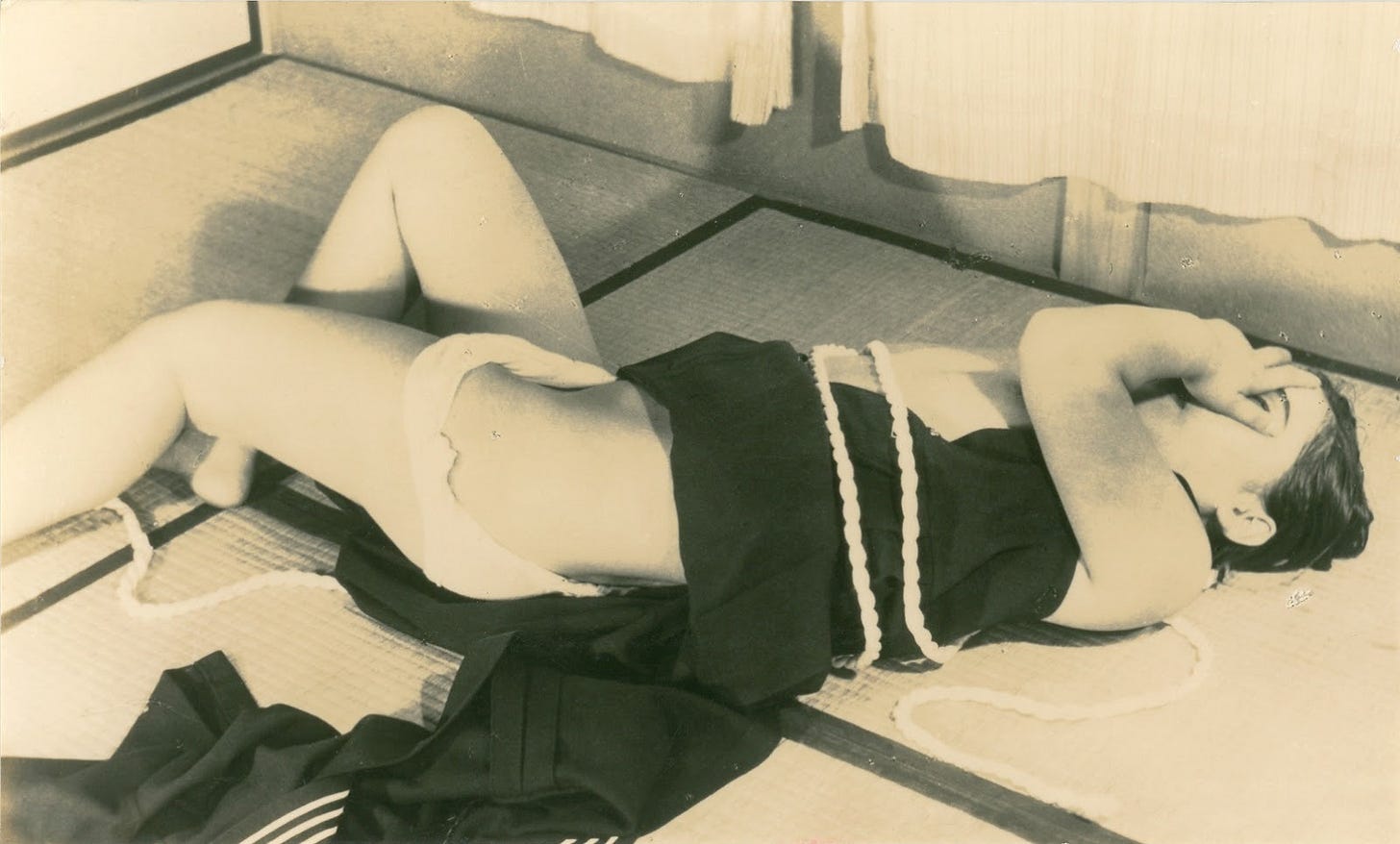

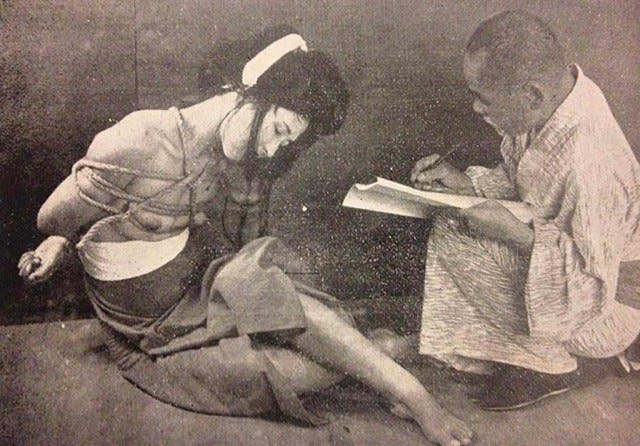
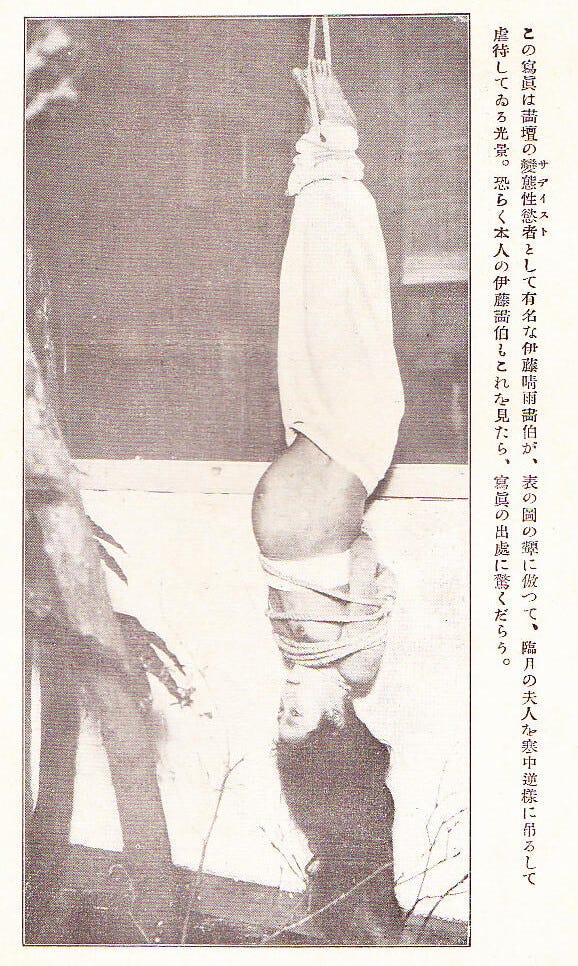
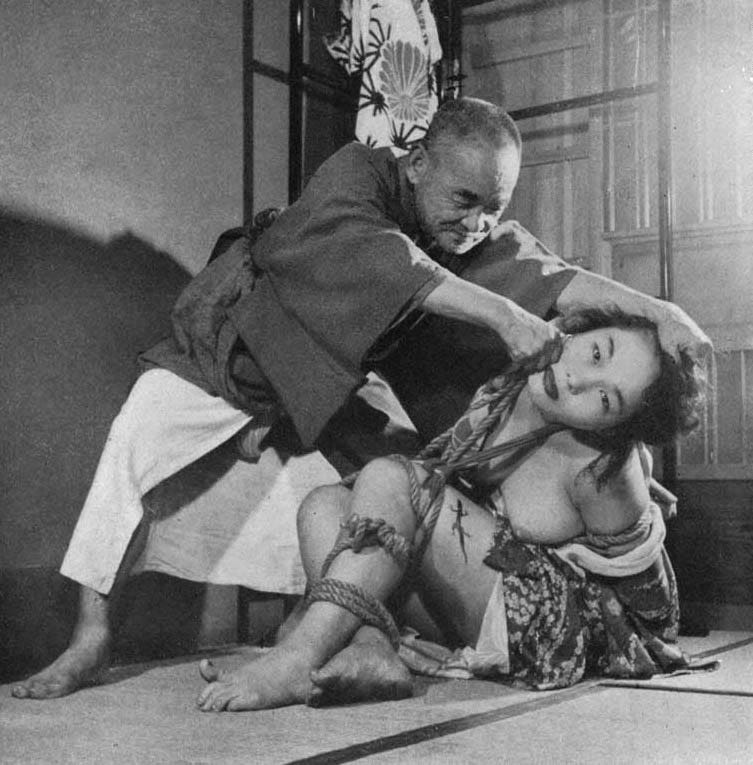



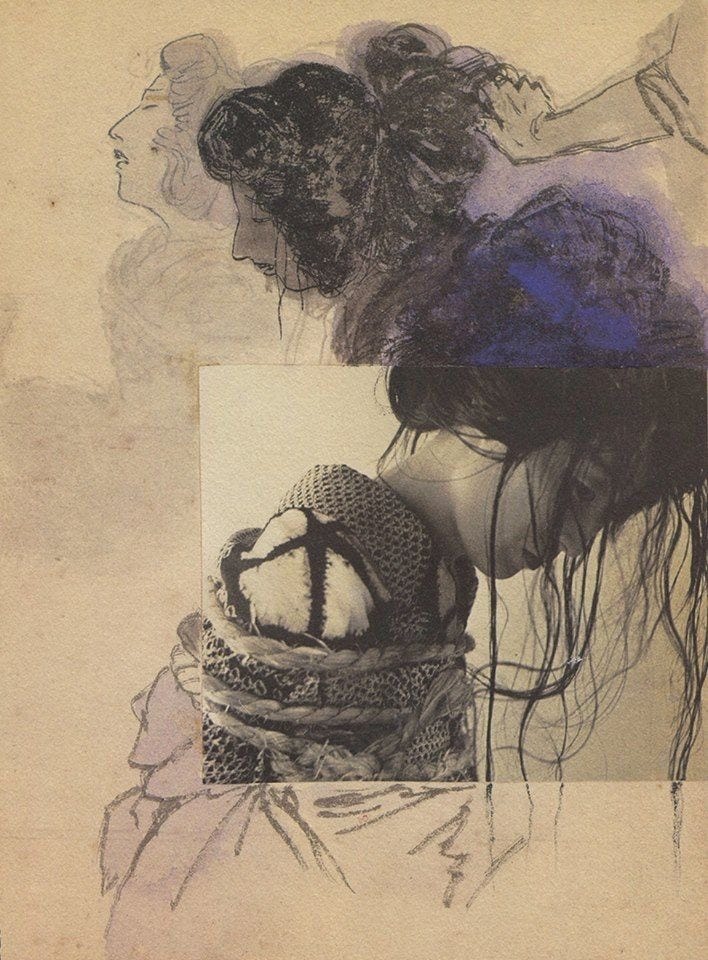
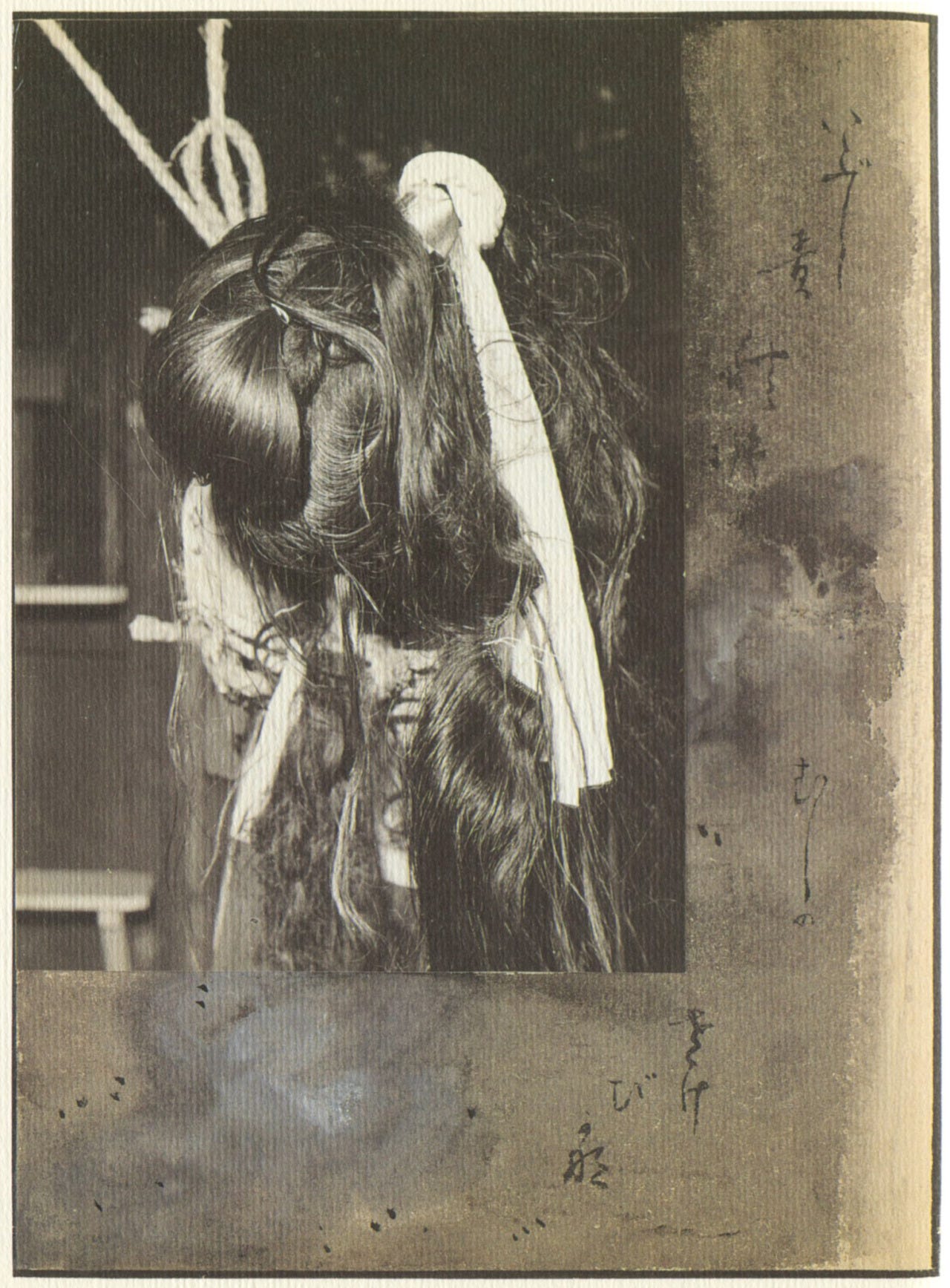
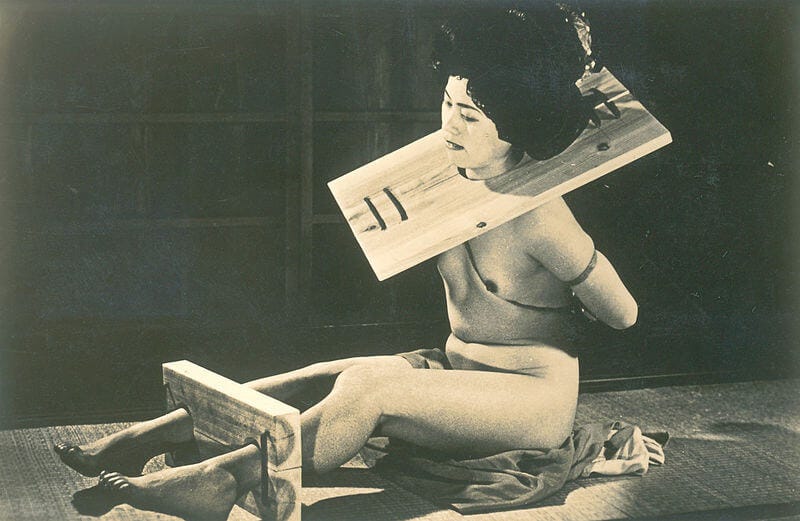
I just want to take a moment to appreciate the "HOLLOW" chat. This chat brought me to this platform because it was interesting, it felt subversive, it felt like something different was happening and I appreciate that it was this dark space in the corner of Substack that attracted me back to interacting and sharing with others. I know not everyone likes my work, but I appreciate being tolerated and want to thank you all, all who are members. Long live "HOLLOW".
Very interesting post! I can see the influence on Hollow’s work especially the last 4 artworks used in the article.